Warrior groups in the Carolingian period. Reflections on the normative function of a habitus
Dr. des. Daniel Föller
The project began with the finding that the current historical picture of Carolingian Europe is characterized by a fundamental paradox. On the one hand, it is undisputed that the political macro-developments of the 8th and 9th centuries – the so-called Carolingian expansion, the usurpation of the Arnulfingian-Pippinid House Emperors, the intra-Carolingian succession conflicts, the invasions of Scandinavians, Muslims and Magyars – were strongly influenced by the military. On the other hand, there is a research consensus that this society defined its political framework of thought as a “church”, with a Christian-based peace ethic as well as religious norms and forms of conflict. How the people of the 8th and 9th centuries dealt with this incoherence within their political culture has so far remained largely unexplained. The aim of the project was therefore to work out which normative orders structured the warlike activities of military actors in Carolingian Europe and how they fitted into the political frame of reference.
The contribution to the interdisciplinary research program of the cluster took place on two levels. On the one hand, it succeeded in using a concrete historical example to recognize how conflicting normative orders can coexist in one and the same political culture, indeed in one and the same supporting class (here: the Carolingian military), and what consequences this has for the overall political context. Secondly, the project addressed the much-discussed question of the connection between violence and monotheistic religion. Its results show that even strongly religious societies that are endemically violent do not necessarily have to develop a religious justification narrative for this violence. The religious legitimization of acts of violence therefore requires specific constellations and is not automatic.
The research work within the project was carried out within the methodological spectrum of interdisciplinary medieval studies. First and foremost, a wide range of edited written sources from the 8th and 9th centuries were evaluated; in some cases, it was also necessary to examine digitized manuscripts of the texts. In addition to textual sources, other materials from Carolingian Europe were also analyzed, above all pictorial material (primarily book illumination) and published archaeological finds. Sociological and political findings and models were essential for the interpretation of the medieval material.
The project was able to show that the discourse dominating the tradition about the political frame of reference “church” offered no justification narrative to all military actors beyond the king – the only religiously legitimized functionary of violence. It turned out that in addition to this ecclesia discourse, there was another discourse of the military, which sometimes strongly conflicted with the religious frame of reference. Although this discourse largely made use of ephemeral media and is therefore only indirectly visible in the surviving material, it was possible to identify a set of forms of behavior that were decisive for the political participation of the military: the constant carrying (and endemic use) of weapons, a high degree of mobility through riding horses, the killing of animals on the hunt and the practice of sexual activity. This results in a martial habitus that was integrated into numerous – also non-military – areas of society and apparently fulfilled normative functions by regulating the political participation of male laymen.
The most important publications are:
Föller, Daniel (ed.): “Männlichkeit(en) karolingischer Laien. Zwischen weltlicher Heiligkeit und kriegerischer Selbstbehauptung”, in: A. Fößel (ed.), Krieg, Gewalt und Gender im Mittelalter.
Föller, Daniel (2016): “The invisible side of the Carolingian world. Outlines of a warrior society in the 8th and 9th centuries”, in: Historische Anthropologie24.1, Cologne/Weimar/Vienna, Böhlau, , pp. 5-26
The most important events of the research project were
Rethinking the normative orders of the Middle Ages. Medievalist designs after the feudalism debate . 2nd Workshop on Feudalism, 22-23 November 2014, University of Tübingen (co-organized with Prof. Dr. Steffen Patzold, Tübingen)
“Possession, Hierarchy, Habitus? Creating Bonds with Armed Men in Early Medieval Europe,” and: “Property, Tenure, and the Legal Revolution in Medieval Europe.” Sessions 1521 and 1621 at the International Medieval Congress, Beyond Feudalism – Rethinking Normative Orders, July 9, 2015, University of Leeds.
“Kreuz und Schwert. The weapon as object and symbol in the early Middle Ages”. Evening lecture by Daniel Föller in the program accompanying the exhibition Under arms. Fire and Forget 2 , January 18, 2017, Museum Angewandte Kunst Frankfur

